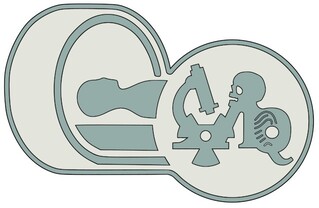Healthcare technology innovation has revolutionized the field of medicine in countless ways, one of the most significant being the role of robotics in surgery. Robotic surgery, also known as robot-assisted surgery, is a minimally invasive surgical approach that utilizes robotic systems to assist surgeons in performing complex procedures with enhanced precision and control.
The adoption of robotics in surgery has transformed the way many surgeries are performed, offering numerous benefits to patients and healthcare providers alike. One of the key advantages of robotic surgery is the increased level of precision it provides. Robots are equipped with advanced technology that allows them to make extremely precise movements, far surpassing what a human hand is capable of. This precision reduces the risk of human error during surgery, leading to better outcomes for patients.
In addition to precision, robotic surgery also allows for increased control and flexibility for surgeons. The robotic systems used in surgery are controlled by the surgeon, who operates them via a console that provides a 3D view of the surgical site. This allows the surgeon to have a clear and magnified view of the area being operated on, as well as the ability to manipulate the robotic arms with great accuracy. This level of control can be particularly beneficial in delicate procedures or when operating in hard-to-reach areas of the body.
Another advantage of robotic surgery is the reduced risk of complications and shorter recovery times for patients. Because robotic surgery is minimally invasive, it typically results in smaller incisions, less blood loss, and reduced trauma to surrounding tissues compared to traditional open surgery. This can lead to a quicker recovery time, less post-operative pain, and a lower risk of infection for patients. In many cases, patients who undergo robotic surgery are able to return to their normal activities sooner than those who undergo traditional surgery.
While robotic surgery has clear benefits, it is important to note that it is not always appropriate for every patient or every procedure. The decision to use robotic surgery is made on a case-by-case basis by the surgeon, taking into consideration factors such as the patient’s overall health, the complexity of the procedure, and the surgeon’s experience with robotic technology. Additionally, robotic surgery can be more costly than traditional surgery, which may limit its accessibility to some patients.
In conclusion, the role of robotics in surgery is a prime example of healthcare technology innovation at its finest. Robotic surgery offers increased precision, control, and flexibility for surgeons, as well as reduced risk of complications and faster recovery times for patients. While not suitable for every situation, robotic surgery has undoubtedly transformed the field of surgery and is likely to continue to play a significant role in the future of medicine.
Find out more at
MEDEQTECH
https://www.medeqtech.com/
0040727210655
COMUNA DENTA, STR PRINCIPALA NR.823, JUD. TIMIS
Produse si echipamente funerare. Distribuitor autorizat de produse biocide TP22 pentru imbalsamare – tanatopraxie – taxidermie. Reprezentant Hygeco Romania – Hygeco Post Mortem Assistance – Institutul Francez de Tanatopraxie.

